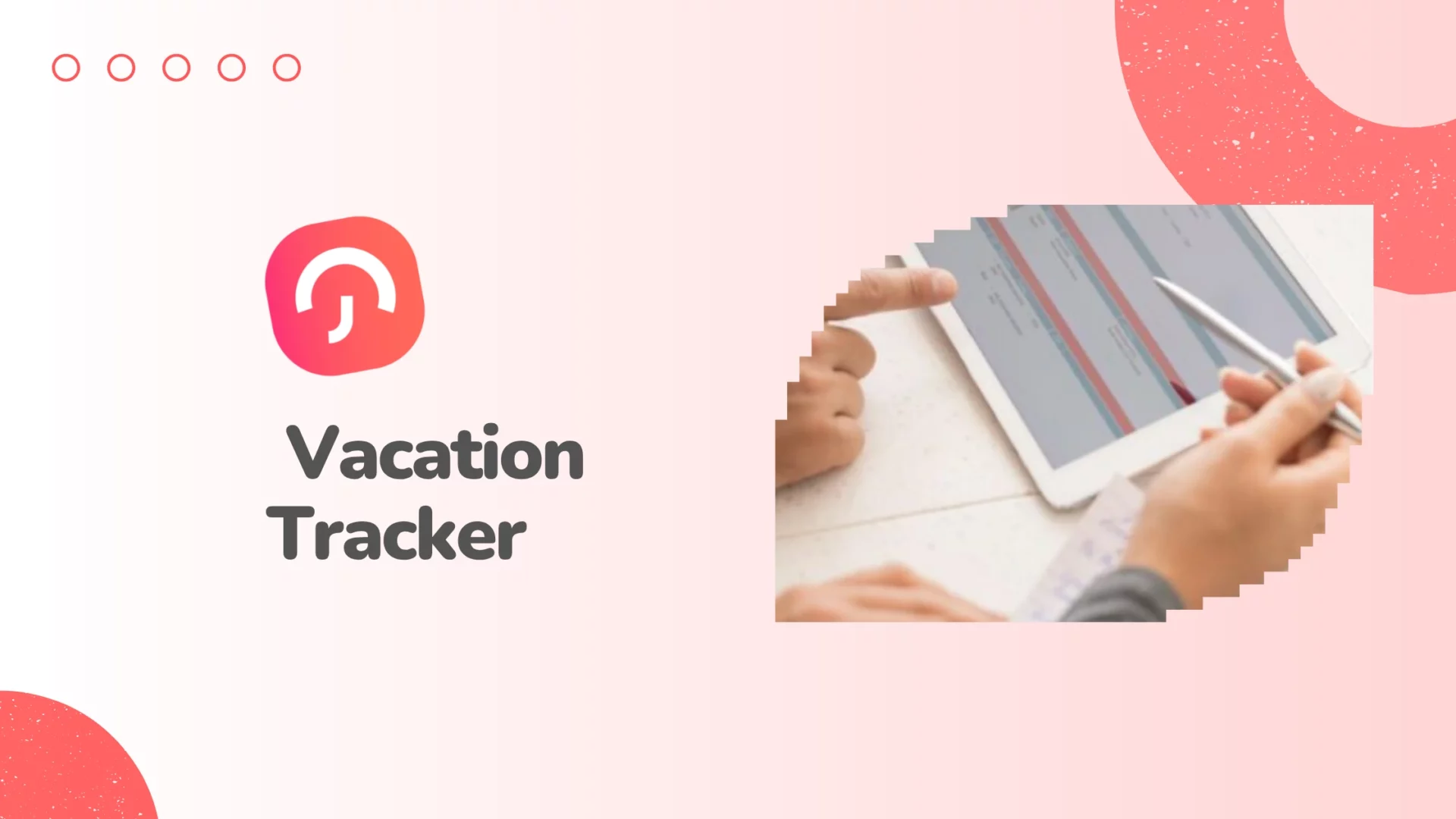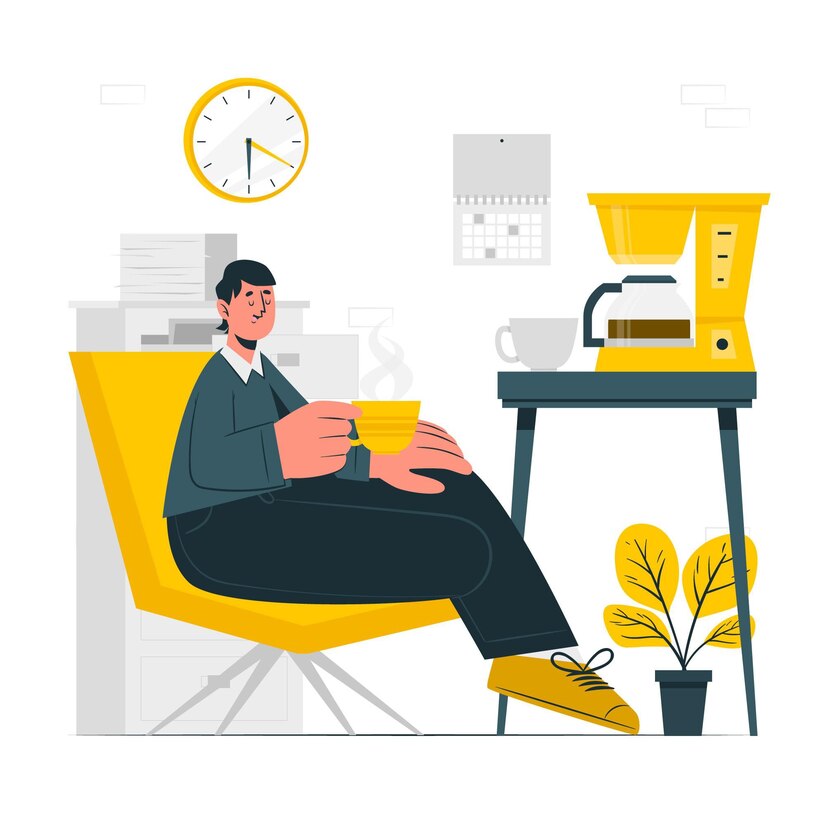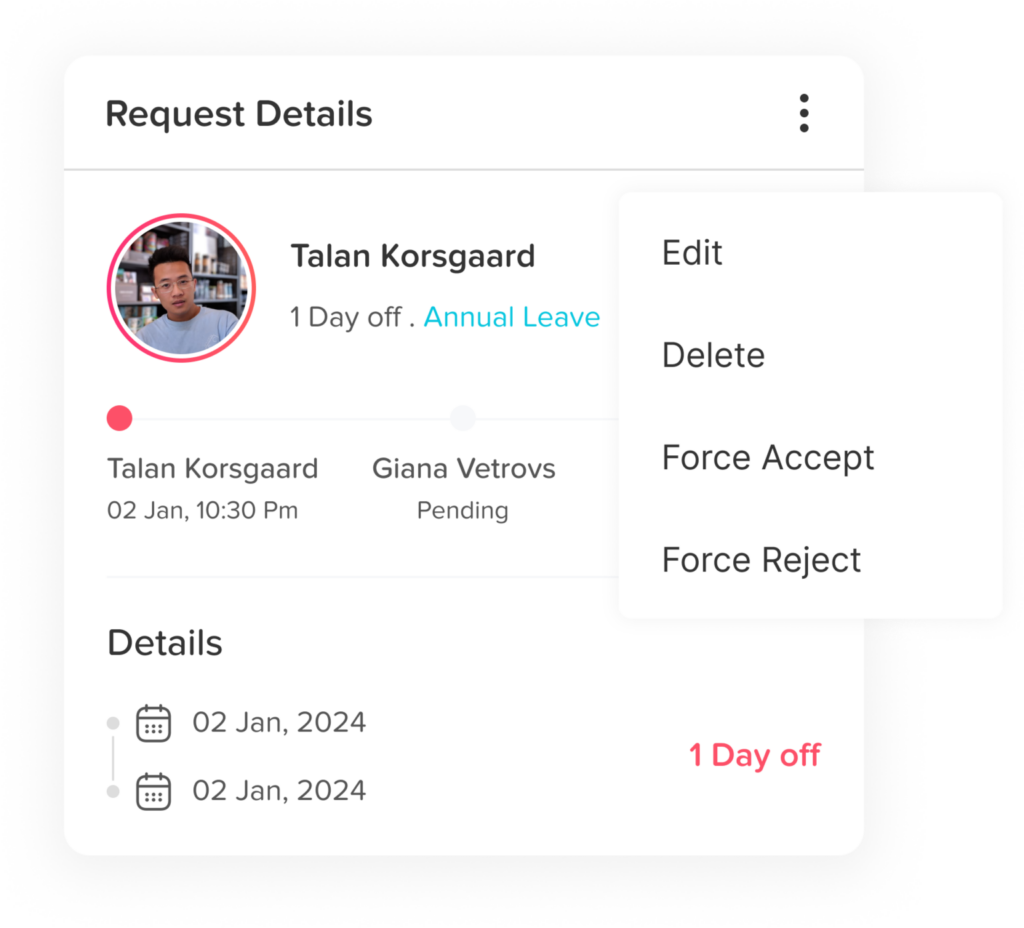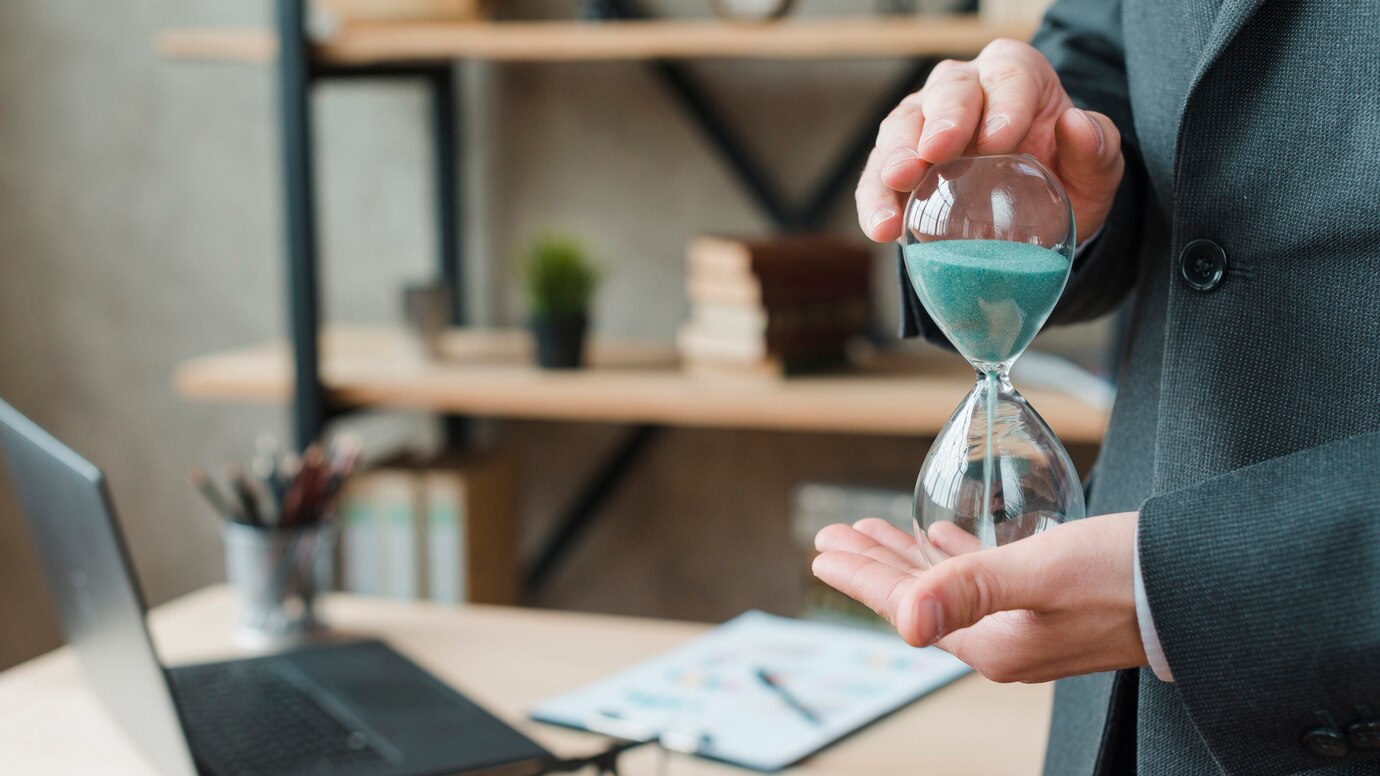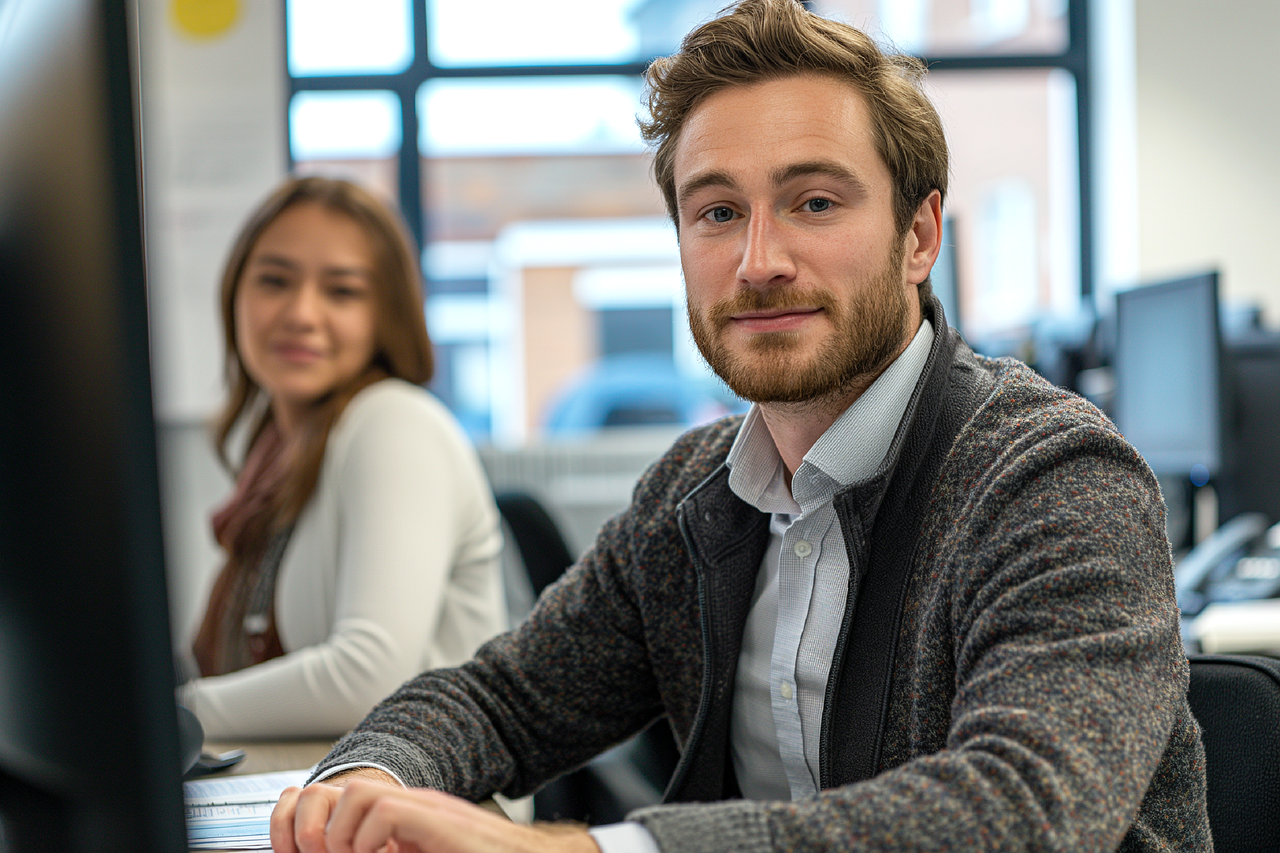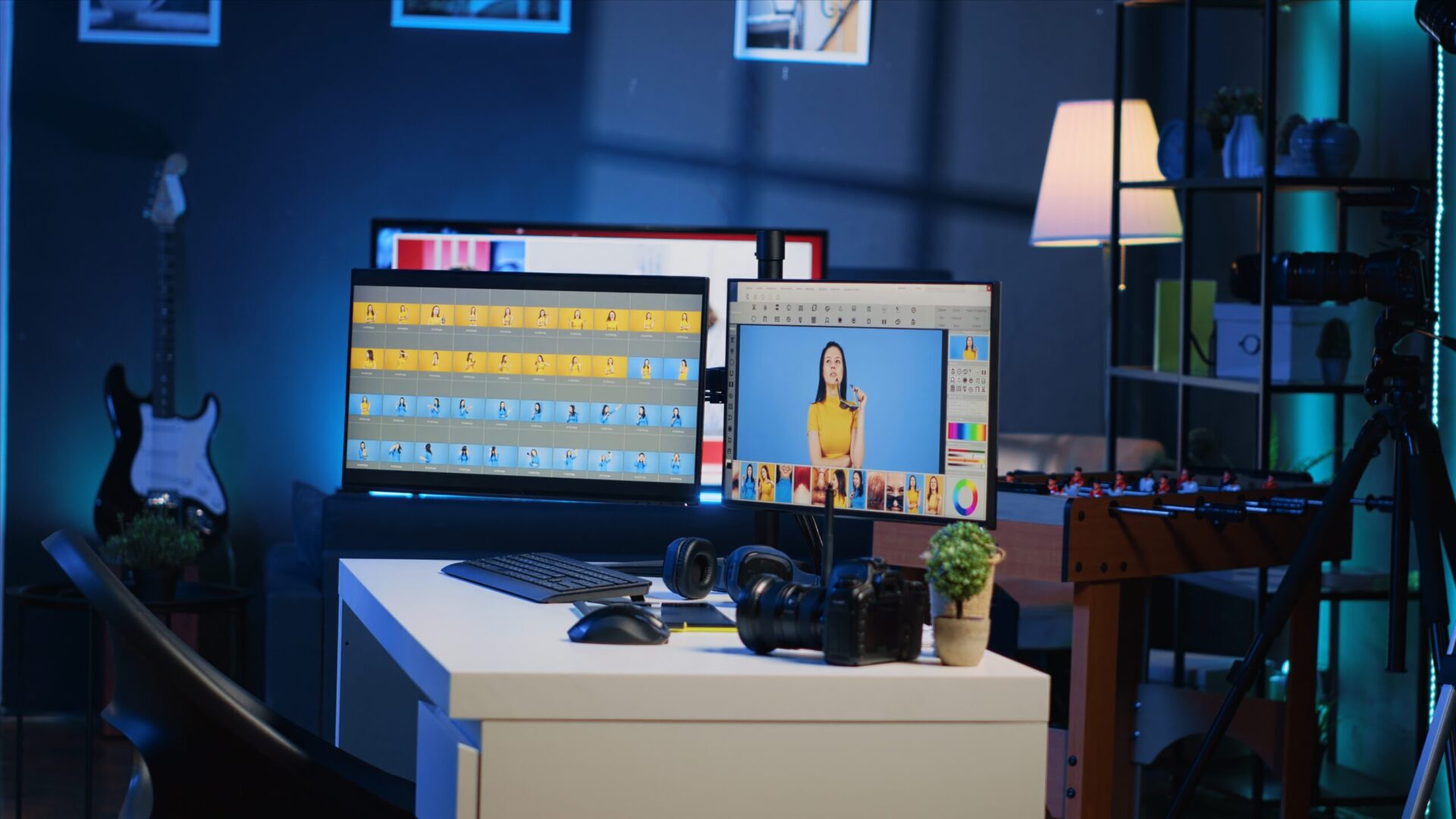Managing employee absences is one of the most crucial responsibilities in any organization, whether you’re running a small startup or a multinational corporation. It’s not simply about tracking who’s off and who’s working; it’s about ensuring continuity, fairness, and efficiency across your entire workforce.
When absences aren’t tracked effectively, even small disruptions can cascade into missed deadlines, frustrated team members, and lost productivity.
That’s why more and more companies are turning to leave tracker dashboards, intelligent, data-driven tools that replace manual spreadsheets with real-time visibility and insights.
In this guide, we’ll explore what a leave tracker dashboard is, why it’s a must-have for modern HR teams, how to implement one successfully, and the best practices to get the most from it.
What Is a Leave Tracker Dashboard?
A leave tracker dashboard is a visual, interactive interface that consolidates employee leave data into one unified view. It provides HR professionals and managers with an at-a-glance understanding of who’s on leave, how much time off has been taken, and how those absences impact operations.
Instead of manually updating Excel files or sifting through endless email threads, you can see real-time updates in a graphical format, calendars, charts, and tables that tell you everything you need to know about attendance patterns.
Modern dashboards go beyond just “tracking time off.” They help organizations:
Identify absenteeism trends over time, like spikes in sick leave or extended weekends.
Ensure compliance with company policies and labor laws.
Forecast staffing shortages and make proactive scheduling decisions.
Empower employees with transparency about their own leave balances and histories.
In essence, a leave tracker dashboard acts as your HR control center, merging people data, analytics, and policy enforcement into one intuitive platform.
The Limitations of Manual Leave Tracking
Many businesses still cling to spreadsheets, whiteboards, or email chains to manage leave requests. While that might seem sufficient for a small team, it quickly breaks down as your workforce expands or becomes distributed.
Key Drawbacks:
Data Inconsistency: When multiple HR staff edit the same file, data can easily get corrupted or overwritten.
No Real-Time View: There’s no easy way to see who’s currently on leave or when they’re returning.
No Automation: Manual methods don’t trigger alerts for overlapping absences or policy violations.
Hard to Audit: When it’s time for performance reviews or compliance checks, historical data is scattered and incomplete.
Manual tracking often leads to one of two extremes: either overstaffing, where productivity drops because too many people are off, or understaffing, where a few overworked employees carry the load. Both scenarios hurt morale and performance.
A leave tracker dashboard eliminates these issues by giving HR and managers real-time synchronization, instant updates, and automated workflows.
Features That Make Leave Tracker Dashboards Indispensable
The best leave dashboards don’t just look pretty, they provide actionable intelligence. Here are the top features that make them powerful tools for HR and operations leaders.
Real-Time Calendar View
A visual calendar gives you immediate clarity on who’s working and who’s on leave, color-coded by leave type or team.
For example:
Green = working days
Yellow = approved leave
Red = pending requests
You can filter by department, office, or project team, making it easier to identify coverage gaps. This feature is especially valuable in hybrid or remote setups, where visibility is often limited.
Example:
An HR manager at a marketing agency can view all scheduled leaves for the next three months and prevent too many designers from being off during an upcoming campaign launch.
Heatmaps and Leave Analytics
Dashboards with built-in analytics can highlight absence trends that would otherwise go unnoticed.
Heatmaps and graphs can show:
Which months have the highest absenteeism.
Which teams have recurring patterns of late requests.
Which individuals may be approaching burnout.
This data helps HR leaders design smarter wellness programs, balance workloads, and identify patterns that might indicate workplace stress or dissatisfaction.
Leave Type Categorization
Every organization handles multiple types of leave, from standard Paid Time Off (PTO) to specialized categories like volunteer days, study leave, or family care leave.
A good dashboard should track and report each category separately. This level of granularity helps HR understand:
How leave types are distributed (e.g., are employees taking more sick days or mental health days?).
Whether policies are being used equitably across the organization.
Where adjustments may be needed to support work-life balance.
Balance Tracking and Auto-Accrual
No more “How many days do I have left?” emails. Employees can check their leave balances anytime through the dashboard.
Meanwhile, HR systems automatically accrue leave based on tenure, policy rules, or regional regulations, ensuring accuracy without manual calculation.
Example:
If an employee earns 1.5 days per month, the dashboard updates their balance automatically on the first of every month, saving HR hours of manual tracking.
Policy Violation Detection
When an employee exceeds their entitled leave or requests time off during a restricted period, the system flags it automatically.
This ensures consistency and fairness across the workforce, no more human bias or accidental approvals that cause compliance issues. It also reduces the risk of payroll disputes, which can be costly and time-consuming.
Mobile Access and Smart Notifications
Today’s workforce is mobile, and so should your HR tools be. Dashboards with mobile access let employees:
Submit leave requests on the go.
Receive instant approval or rejection notifications.
See who else is off during the same period.
Managers, meanwhile, can approve requests and adjust schedules directly from their phones, ensuring faster response times and better employee satisfaction.
Benefits of Tracking and Analyzing Absences with a Dashboard
A leave tracker dashboard provides more than convenience, it delivers strategic visibility.
Let’s explore the key business benefits:
Data-Driven Decision-Making
By turning raw absence data into easy-to-read visuals, dashboards enable leaders to make informed decisions.
You can identify patterns, like rising sick leave in one department, and investigate causes (e.g., workload or morale issues).
Better Resource Allocation
Knowing who’s available allows you to distribute tasks and assign projects effectively.
This prevents burnout, ensures smoother operations, and maintains service quality even during busy or holiday seasons.
Improved Employee Experience
Transparency matters. When employees have self-service access to their leave data and see consistent application of policies, trust grows.
They no longer need to chase HR for answers or worry about favoritism, the system treats everyone equally.
Increased Productivity
According to SHRM, businesses using automated HR tools achieve a 35% increase in administrative efficiency.
That time can be redirected toward strategic initiatives, like talent development or culture building, instead of manual data entry.
Compliance and Record Keeping
Labor laws require precise tracking of paid and unpaid time off. A dashboard stores all records securely, reducing the risk of fines or disputes.
It also simplifies audits, with reports available in just a few clicks.
How to Implement a Leave Tracker Dashboard
Transitioning from spreadsheets to a digital dashboard doesn’t have to be overwhelming. Follow these steps for a smooth rollout:
Select the Right Software
Choose a platform that matches your business size and complexity. Some popular choices include:
Day Off: Simple, modern, and perfect for SMBs.
BambooHR: Great for HR teams managing small to mid-sized companies.
Zoho People: Offers advanced integrations and scalability.
Consider factors like budget, mobile accessibility, analytics capabilities, and user experience.
Customize Your Leave Policies
Every company is different. Define your leave types, accrual methods, carry-over rules, and blackout periods.
Make sure the system reflects your actual HR policies to avoid confusion and ensure legal compliance.
Integrate with Existing Systems
For maximum efficiency, integrate your dashboard with other tools, like payroll, Slack, Google Calendar, or Microsoft Teams.
This ensures a seamless workflow and eliminates redundant data entry.
Train Your Team
The best system in the world won’t help if no one knows how to use it. Conduct short training sessions or create video tutorials.
Encourage both employees and managers to explore the dashboard and understand its benefits.
Review and Optimize
Once implemented, use analytics to refine your leave management strategy.
Regularly review reports to:
Identify patterns of absenteeism.
Adjust policies.
Forecast staffing needs for the coming quarter or season.
Pro Tips for Maximizing Dashboard Value
Enable manager-only filters for departmental insights.
Sync with national and public holidays to prevent scheduling errors.
Use historical data to plan for recurring absence peaks (e.g., summer vacations, religious holidays).
Set up automated alerts for frequent absences or Monday/Friday trends.
Combine with performance data to assess how absenteeism affects productivity.
Frequently Asked Questions (FAQ)
What is the main purpose of a leave tracker dashboard?
A leave tracker dashboard centralizes all employee leave information in one place, helping HR teams and managers visualize, manage, and analyze absences in real time. Its purpose is to eliminate guesswork, reduce manual errors, and provide data insights for better decision-making and workforce planning.
How does a leave tracker dashboard improve productivity?
Dashboards automate time-off management, eliminating the need for manual approvals and cross-checks. By reducing administrative workload, HR professionals and managers can focus on strategic initiatives, while employees gain clarity on their leave status without endless back-and-forth emails. This leads to smoother operations and increased organizational productivity.
Can small businesses benefit from a leave tracker dashboard?
Absolutely. Even small teams can suffer from scheduling conflicts or inconsistent records when using spreadsheets. A simple leave tracking dashboard offers transparency, ensures fair policy enforcement, and saves valuable HR time. Most tools today are scalable and cost-effective, making them ideal for startups and growing SMBs.
What kind of analytics can a leave tracker dashboard provide?
Depending on the platform, analytics may include:
Absence frequency per department or employee.
Seasonal or recurring leave trends.
Policy compliance rates.
Correlation between absenteeism and performance.
These insights allow HR teams to identify potential burnout risks, optimize staffing, and improve workforce engagement.
How does a dashboard help ensure compliance with labor laws?
Dashboards maintain precise, timestamped records of all leave activity, approvals, balances, and accruals, ensuring legal compliance with paid leave, sick leave, and parental leave regulations. They also make audits and investigations faster, minimizing the risk of fines or disputes.
Can employees access their leave data through the dashboard?
Yes. Most dashboards include self-service portals or mobile apps where employees can view their leave balances, request time off, and track approvals in real time. This transparency reduces dependency on HR and helps build a culture of accountability and trust.
What should companies look for when choosing a leave tracker dashboard?
Look for:
Ease of use and intuitive design.
Mobile accessibility.
Strong reporting and analytics.
Integration with existing HR tools.
Flexible policy customization.
Reliable support and data security.
A great dashboard should simplify, not complicate, your HR processes.
How quickly can a company implement a leave tracker dashboard?
Implementation time varies depending on company size and integrations needed. Small businesses can often go live within a few days, while larger enterprises may require 2–4 weeks for setup, data migration, and testing. Proper training accelerates adoption and ensures long-term success.
How does a leave tracker dashboard help prevent burnout or absenteeism spikes?
By analyzing absence trends and identifying frequent or extended leave patterns, HR can intervene early, adjusting workloads, redistributing tasks, or providing support where needed. Data-driven insights turn the dashboard into a proactive wellness tool, not just an administrative one.
Is a leave tracker dashboard secure?
Yes. Reputable platforms use encrypted cloud storage, role-based access, and data backup protocols to protect sensitive HR data. Always verify that the software complies with privacy laws like GDPR or CCPA before deployment.
Conclusion
A leave tracker dashboard is no longer just a convenience; it’s a strategic necessity for today’s HR leaders.
It provides the visibility, consistency, and data-driven insight that every organization needs to operate efficiently. More importantly, it fosters fairness, transparency, and trust, giving employees clarity and empowering managers to make smarter, faster decisions.
In a world where remote work, hybrid teams, and flexible schedules define the modern workplace, relying on outdated spreadsheets or manual systems isn’t just inefficient; it’s a risk.
By embracing automation, analytics, and smart HR technology, your organization can turn absence management into a strategic advantage.
You’ll not only maintain operational balance and compliance, but also strengthen morale, boost productivity, and create a healthier, more connected workplace for everyone.



